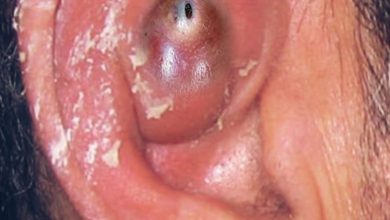Staying Nourished on a Food Sensitivity Diet: Simple Strategies That Work
Staying Nourished on a Food Sensitivity Diet: Simple Strategies That Work
Following a food sensitivity diet can be life-changing for your health, but it also comes with one big challenge: getting all the nutrients your body needs. When you’re avoiding common foods like dairy, gluten, soy, eggs, or nuts, it’s easy to unintentionally miss out on key vitamins and minerals. The good news? With a little planning, you can stay well-nourished and feel your best.
Start by focusing on variety. Even with restrictions, aim to include a wide range of whole foods in your diet—fruits, vegetables, lean proteins, healthy fats, and alternative grains. This helps cover your nutritional bases and keeps meals interesting.
If you’re avoiding dairy, make sure you’re getting enough calcium and vitamin D. Great sources include leafy greens, fortified plant-based milks, sesame seeds, and canned fish with bones (like sardines). A supplement may be helpful in some cases—talk to a healthcare provider.
For those cutting out gluten or grains, B vitamins and fiber can be a concern. Quinoa, sweet potatoes, legumes, and seeds like chia and flax can help fill those gaps while supporting digestion and energy levels.
Iron and zinc are also important, especially if you’ve reduced your intake of animal products. Boost absorption by pairing plant-based iron sources (like lentils and spinach) with vitamin C-rich foods (like oranges or bell peppers).

Lastly, consider keeping a food and symptom journal to track what works for you. A registered dietitian can help ensure your diet stays balanced, personalized, and sustainable.
Eating for sensitivities doesn’t mean settling for less—it means learning to fuel your body in a way that supports healing, energy, and long-term wellness.





